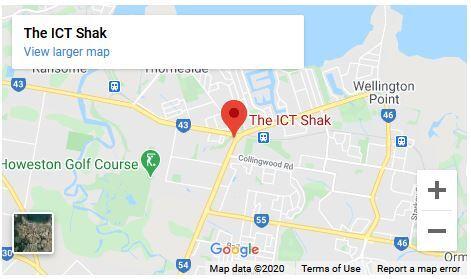When an individual is looking for information on the internet, they want to find something that won’t just satisfy the need that they have, but will also add to their knowledge or information in one way or another.
People usually search for general information on a subject matter, questions related to products they want to buy and solutions to problems that they might be facing on an emergency basis. As a website, your role here is to make sure that the question they have is answered, so that they can ultimately review your services or sign up for your newsletter.
What is Considered to be Thin Content?
How does thin content come into the picture here? Thin content is what is generated when websites come up with specific web pages that do not contain the relevant information they are advertised to contain. On a binary level, most users expect one of the search results that show up on Google to have information pertaining to the question or the query that they have searched for.
To explain this through an example, let’s imagine you are looking for ways to unclog a clogged drain. You search this up on Google and want pertinent solutions to this subject matter. However, none of the first few pages on the platform provide a solution and you have to ultimately click away without finding a solution to the query you initially had in mind.
Google has further explained thin content to include the following:
- Automatically generated content that does not have any official information
- Thin affiliate backed pages without authentic info
- Scraped content with low-quality of info
- Doorway pages
You should avoid thin content at all costs, because all of these techniques are a violation of the Webmaster Guidelines and won’t take you far when it comes to your SEO journey.
How to Fix Thin Content
We obviously know by now that thin content should be avoided and fixed, but how do we do that? Thin content can be avoided by following any of these three means:
Use a Search Directive
You can fix thin content by using an appropriate search directive. You can use any of the following directives:
- Noindex
- rel=canonical
The rel=canonical directive is appropriate when you have two different pages with almost identical content. In such a case, you should add this directive to the republished page, so that Google knows that this is an intentional duplicate.
Add Weight to the Content
This is an amazing strategy to fix thin content. Beef the content up by adding more valuable research, multimedia and actionable advice among many other things. You can create completely new content on the given URL.
Delete It
Finally, if there is no other way around thin content, then it is best for you to have that content deleted, rather than clinging on to it. Delete the page and correct the errors you have made.
Get in touch with The ICT Shak today to know more about website design and graphics.



